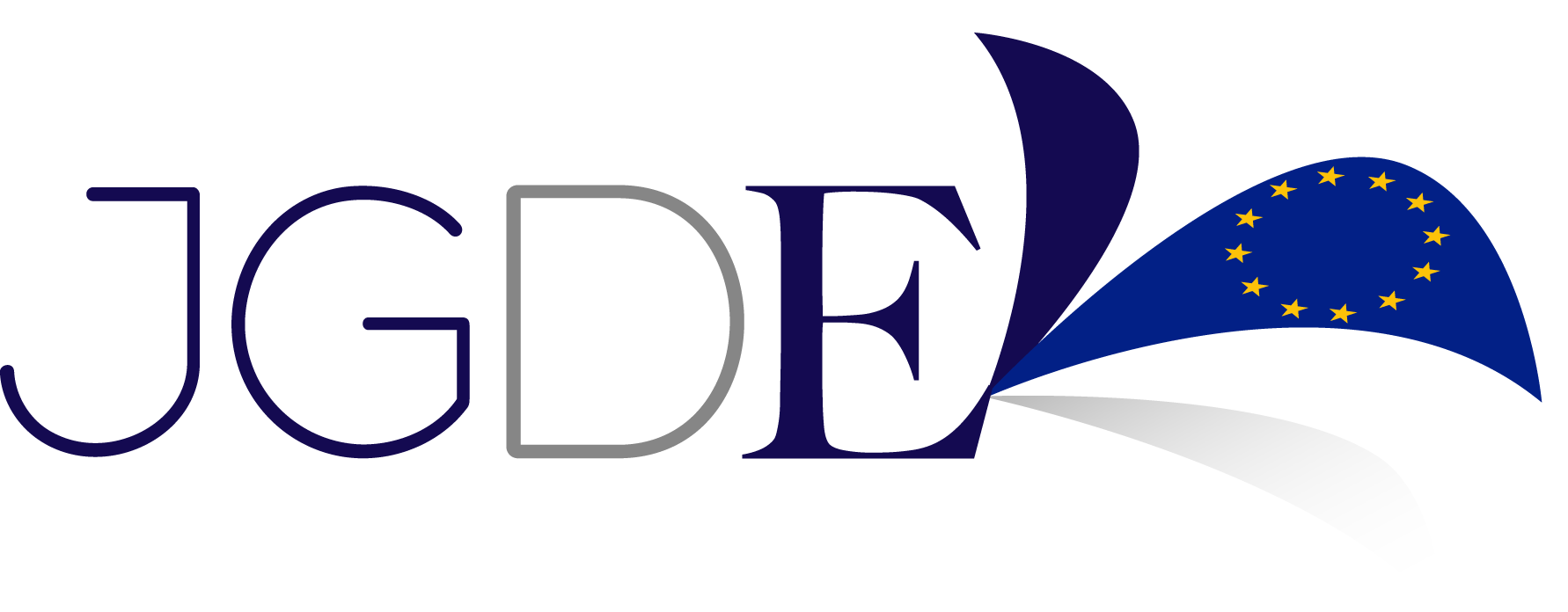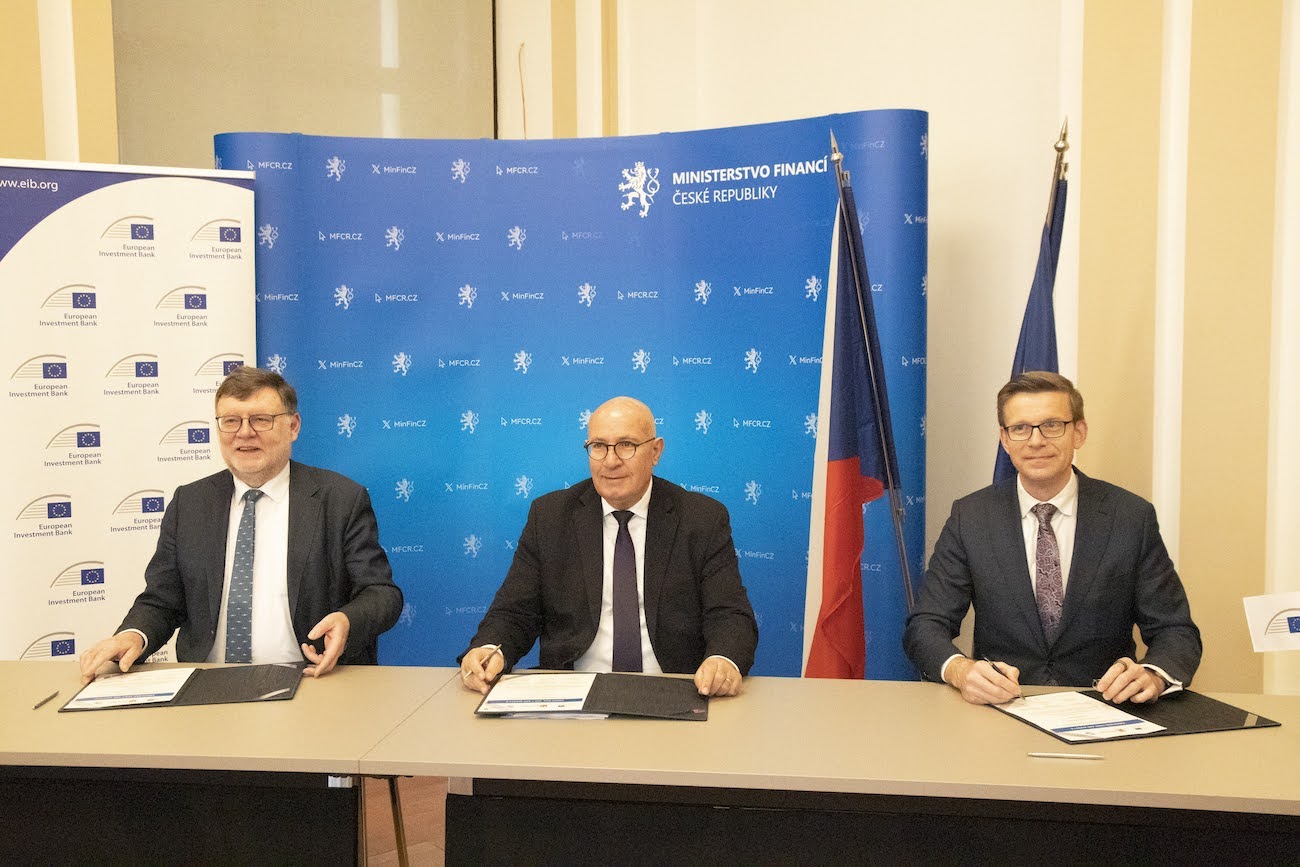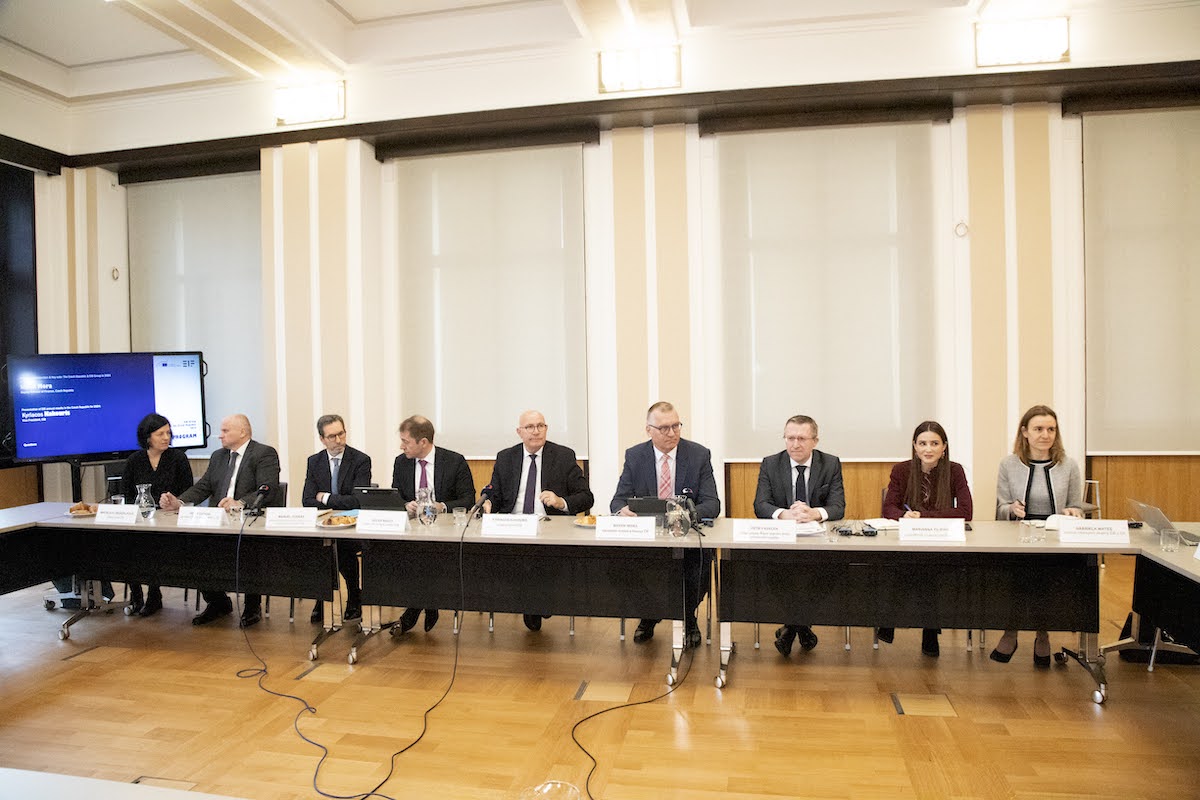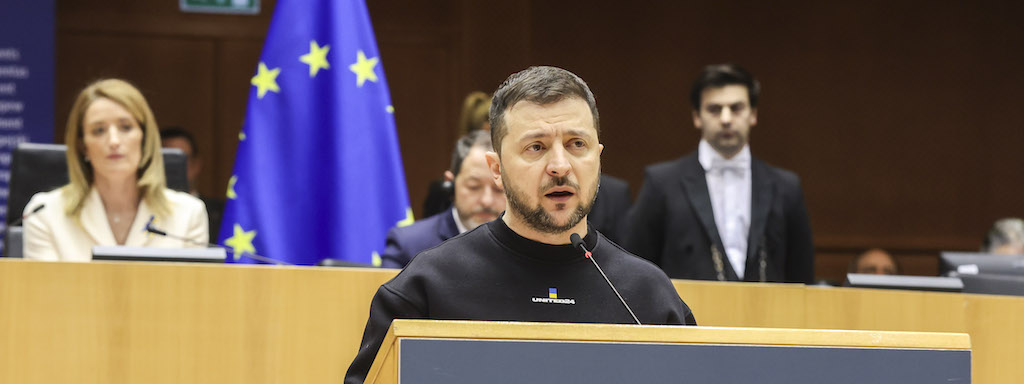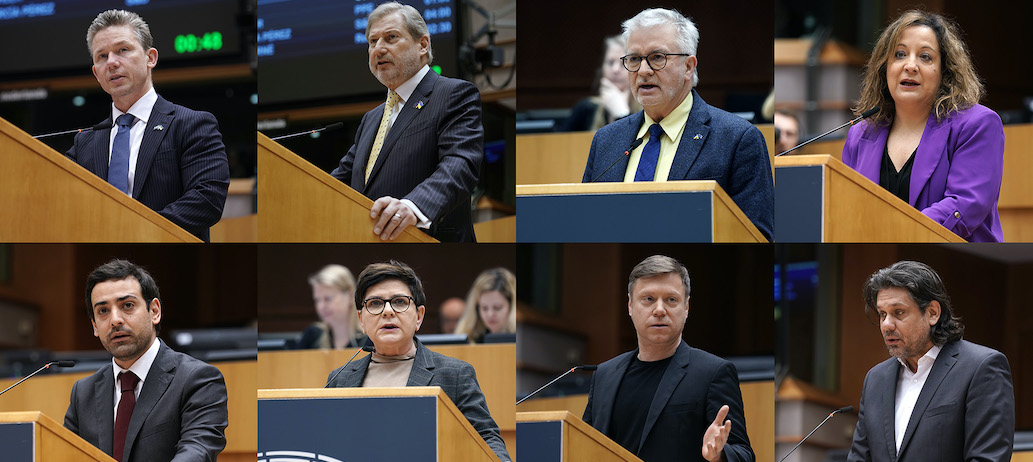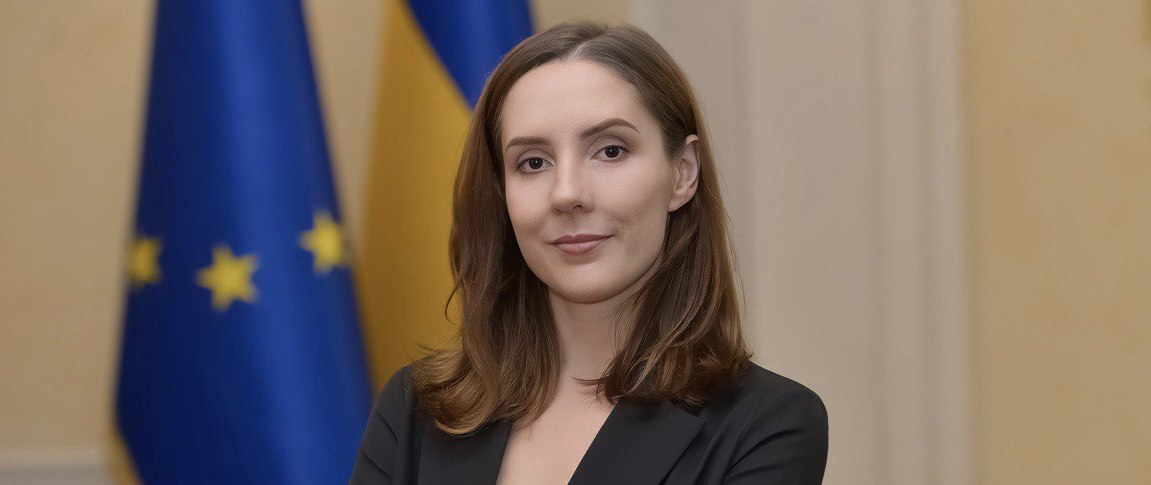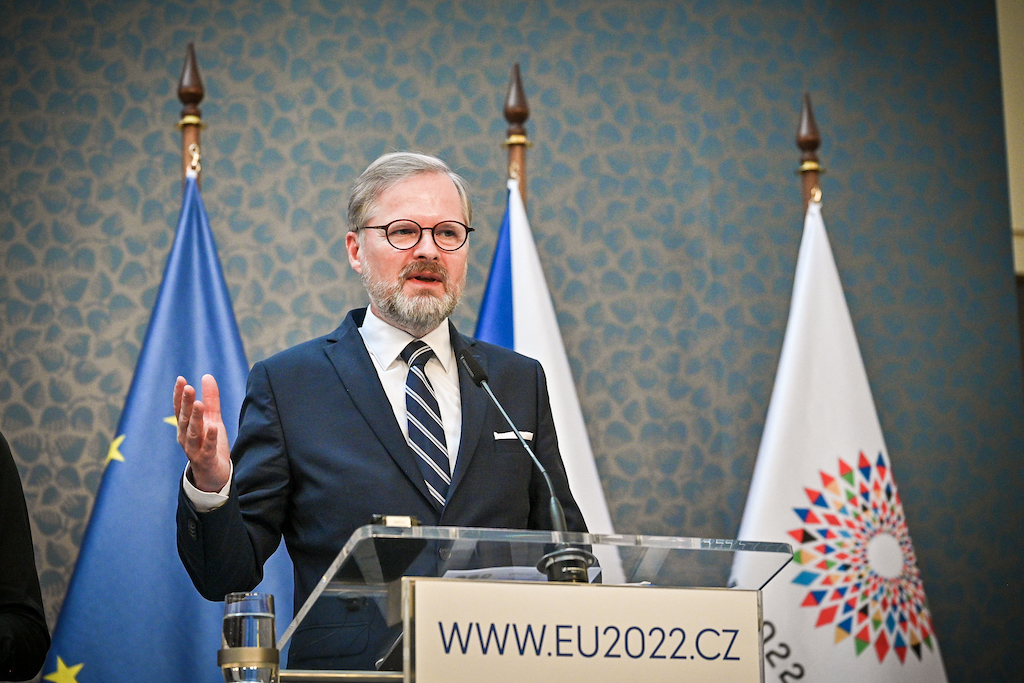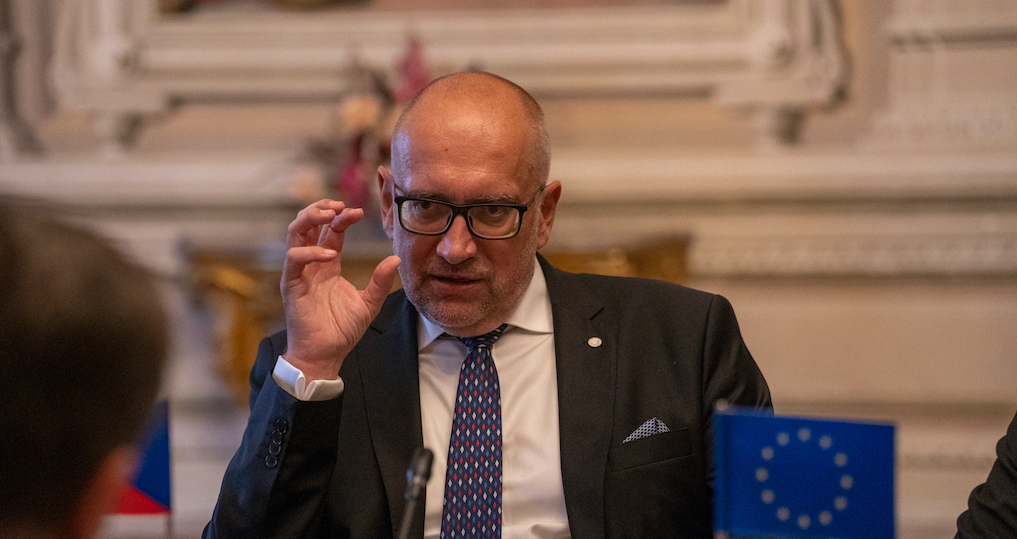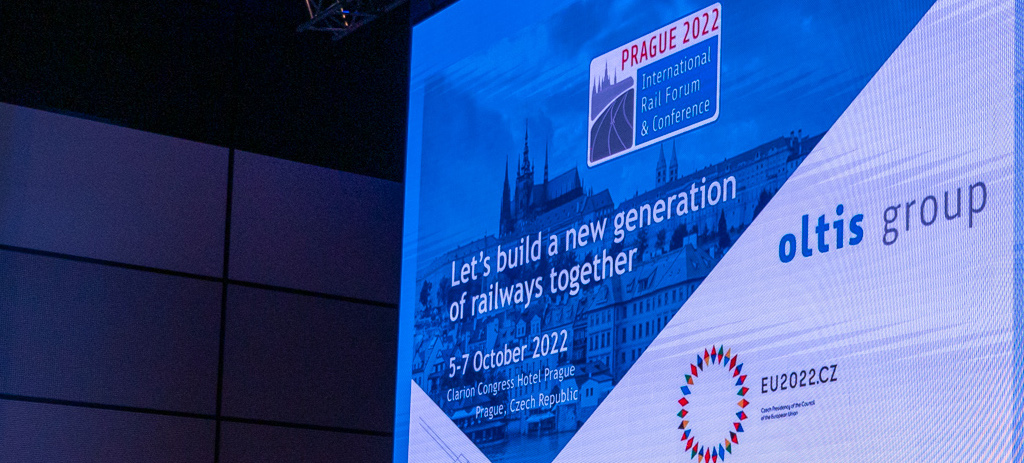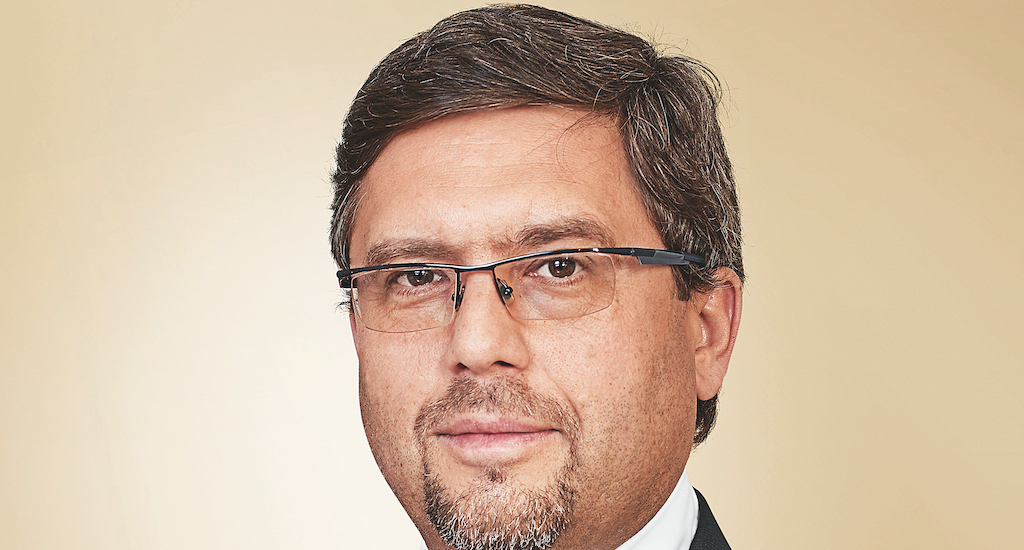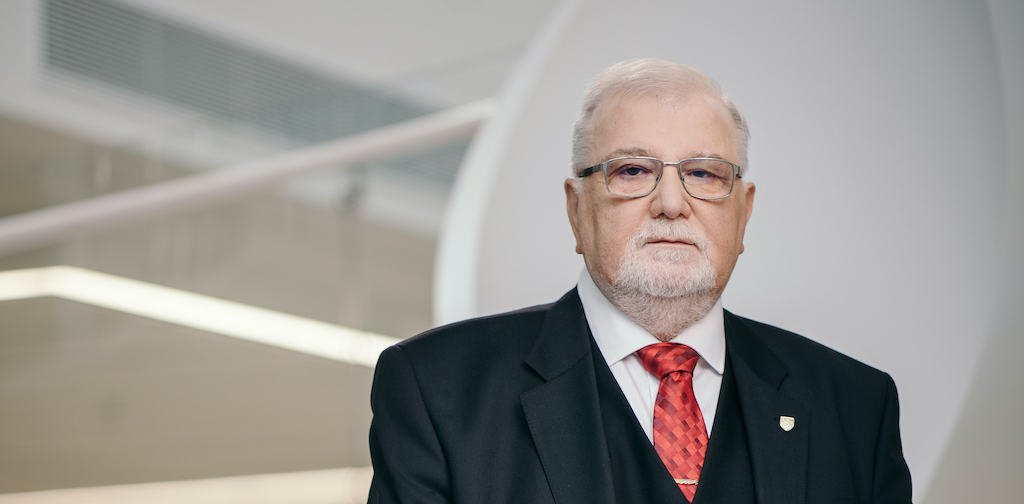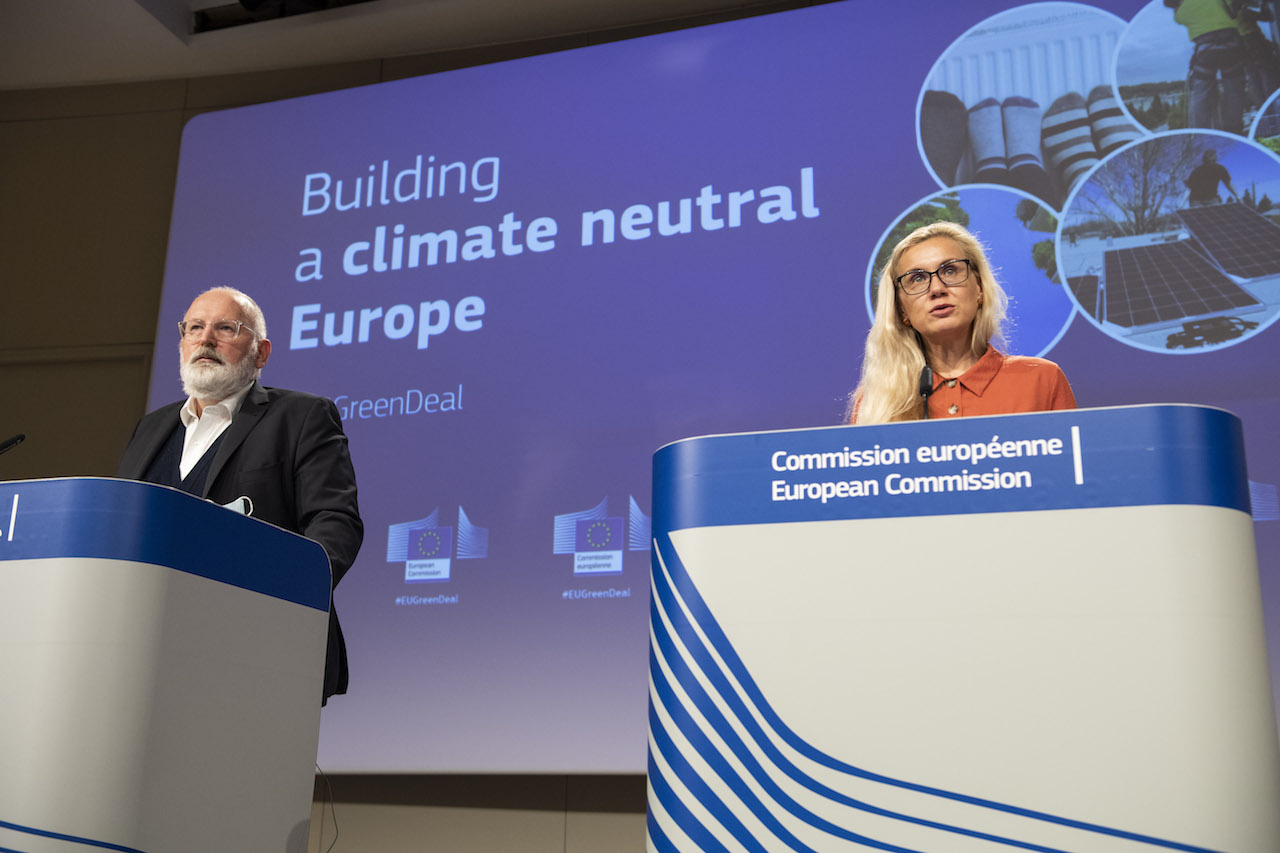
Frans Timmermans, Executive Vice-President for the Green Deal:
To become the first climate-neutral continent, the European Union will have to cut all greenhouse gases.
Methane is the second most powerful greenhouse gas and an important cause of air pollution. Our methane strategy ensures emissions cuts in all sectors, especially agriculture, energy, and waste. It also creates opportunities for rural areas to produce biogas from waste. The European Union’s satellite technology will enable us to closely monitor emissions and help raise international standards.It is also a potent local air pollutant causing serious health problems. Tackling methane emissions is therefore essential to reaching our 2030 climate targets and the 2050 climate neutrality goal, as well as contributing to the Commission’s zero-pollution ambition.
This strategy sets out measures to cut methane emissions in Europe and internationally. It presents legislative and non-legislative actions in the energy, agriculture and waste sectors, which account for around 95% of methane emissions associated with human activity worldwide. The Commission will work with the EU’s international partners and with industry to achieve emission reductions along the supply chain.
Commissioner for Energy Kadri Simson:
We have adopted today our first strategy to tackle methane emissions since 1996. While the energy, agriculture and waste sectors all have a role to play, energy is where emissions can be cut the quickest with least costs. Europe will lead the way, but we cannot do this alone. We need to work with our international partners to address the methane emissions of the energy we import.
One of the priorities under the strategy is to improve measurement and reporting of methane emissions. The level of monitoring currently varies between sectors and Member States and across the international community. In addition to EU-level measures to step up measurement, verification and reporting standards, the Commission will support the establishment of an international methane emission observatory in partnership with the United Nations Environment Program, the Climate and Clean Air Coalition and the International Energy Agency. The EU’s Copernicus satellite program will also improve surveillance and help to detect global super-emitters and identify major methane leaks.
To reduce methane emissions in the energy sector, an obligation to improve detection and repair of leaks in gas infrastructure will be proposed and legislation to prohibit routine flaring and venting practices will be considered. The Commission will engage in a dialogue with its international partners and explore possible standards, targets or incentives for energy imports to the EU, and the tools for enforcing them.
The Commission will improve reporting of emissions from agriculture through better data collection and promote opportunities to reduce emissions with support from the Common Agricultural Policy. The main focus will be on best practice sharing for innovative methane-reducing technologies, animal diets, and breeding management. Targeted research on technology, nature-based solutions and dietary shift will also contribute. Non-recyclable organic human and agricultural waste and residue streams can be utilised to produce biogas, biomaterials and bio-chemicals. This can generate additional revenue streams in rural areas and avoid methane emissions at the same time. The collection of these waste products will therefore be further incentivised.
In the waste sector, the Commission will consider further action to improve the management of landfill gas, harnessing its potential for energy use while reducing emissions, and will review the relevant legislation on landfill in 2024. Minimising the disposal of biodegradable waste in landfills is crucial to avoid methane formation. The Commission will also consider proposing further research on waste to biomethane technologies.
The Commission will also review the Effort Sharing Regulation and will consider expanding the scope of the Industrial Emissions Directive to cover methane emitting sectors not yet included in its scope.
Background
On a molecular level, Methane is more powerful than carbon dioxide. It contributes to tropospheric ozone formation, and is a potent local air pollutant which causes serious health problems. At the end of its lifecycle, methane is transformed into carbon dioxide and water vapour, contributing further to climate change. Reducing methane emissions therefore contributes to both slowing down climate change and improving air quality.
The Impact Assessment for the EU’s 2030 Climate Target Plan concluded that stepping up the level of ambition for reductions in greenhouse-gas emissions to at least 55% by 2030 would require an accelerated effort to tackle methane emissions. While the EU produces 5% of global methane emissions domestically, it will encourage international action as the largest global importer of energy and as a strong player in the agriculture and waste sectors.

